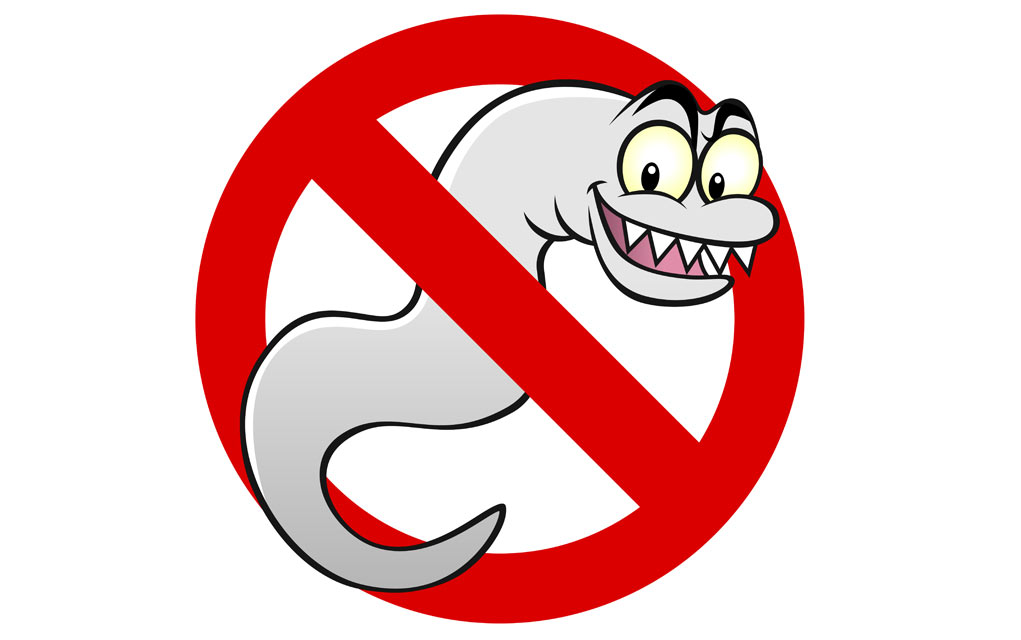
Which Fish is Safe to Eat and Which Fish to Avoid
(WellnessPursuits.com) – According to the FDA, we should all be eating more fish, even recommending women of childbearing age consume 8-12 ounces of fish per week. Fish are a great source of protein and omega-3 fatty acids, but what kind should we really be eating? It’s important to choose wisely. The health benefits of eating fish can be tremendous, but the consequences of eating the wrong ones can be devastating.
There are many pros and cons to eating certain fish – including the issue of farm raised vs wild, but because ingesting high levels of mercury is so undisputably dangerous, this article is focusing on which fish contain the lowest and highest levels.
Dangers of Mercury
Did you know the levels of mercury in the Pacific Ocean have risen nearly 30 percent? It’s become an unavoidable part of the food chain. We absorb over 95 percent of the methylmercury we consume, and it can accumulate anywhere in our bodies, including our nervous systems. The normal level of mercury in the blood is 10mcg/L or lower. Numbers over 50mcg/L are considered dangerous. At toxic levels, it can cause muscle weakness, impaired movement and speech, difficulty walking, peripheral vision loss, hearing loss, and tingling sensations in the lips and extremities. The effects on children can be even more profound.
Safest Fish to Eat
The best fish to include in our diets are ones that don’t live long enough to accumulate high levels of mercury in their tissue. For example, a six-ounce serving of salmon has about 4 micrograms — compared to the 170 micrograms found in a grown swordfish. Other excellent choices include:
- Anchovies
- Atlantic mackerel
- Catfish
- Clams
- Cod
- Crab
- Crawfish
- Flounder
- Haddock
- Herring
- Lobster
- Oysters
- Pollock
- Sardines
- Scallops
- Shrimp
- Sole
- Squid
- Tilapia
- Skipjack tuna
The FDA recommends we try to eat 2-3 servings of these fish per week.
Moderately Safe Fish
Some fish aren’t flooded in mercury, but they aren’t as clean as anchovies or salmon. Canned albacore tuna contains about 60 micrograms of methylmercury per serving — which is about the weekly limit. This means we can eat these mid-range fish about once per week without getting sick. Others in this group include:
- Bluefish
- Carp
- Halibut
- Mahi mahi
- Snapper
- Spanish mackerel
Fish to Avoid
In addition to swordfish, we should also avoid:
- King mackerel
- Marlin
- Orange roughy
- Shark
- Swordfish
- Bigeye tuna (Ahi), Blue Fin Tuna, — All of the larger Tuna
These fish can all contain dangerously high levels of methylmercury. Those who love sushi should be especially careful, as ahi is a common ingredient. Women who are pregnant or breastfeeding should not consume these fish in any quantity.
Fish are an excellent addition to most diets, and if we stay informed about our choices they pose little risk to our health. Sushi eaters should ask for salmon in place of tuna. If in doubt about a fish’s toxin content, ask — and if an answer can’t be provided, choose another type of fish known to be safe. With so many great options, including crab and lobster, there are certainly plenty to choose from.
Copyright 2024, WellnessPursuits.com
















